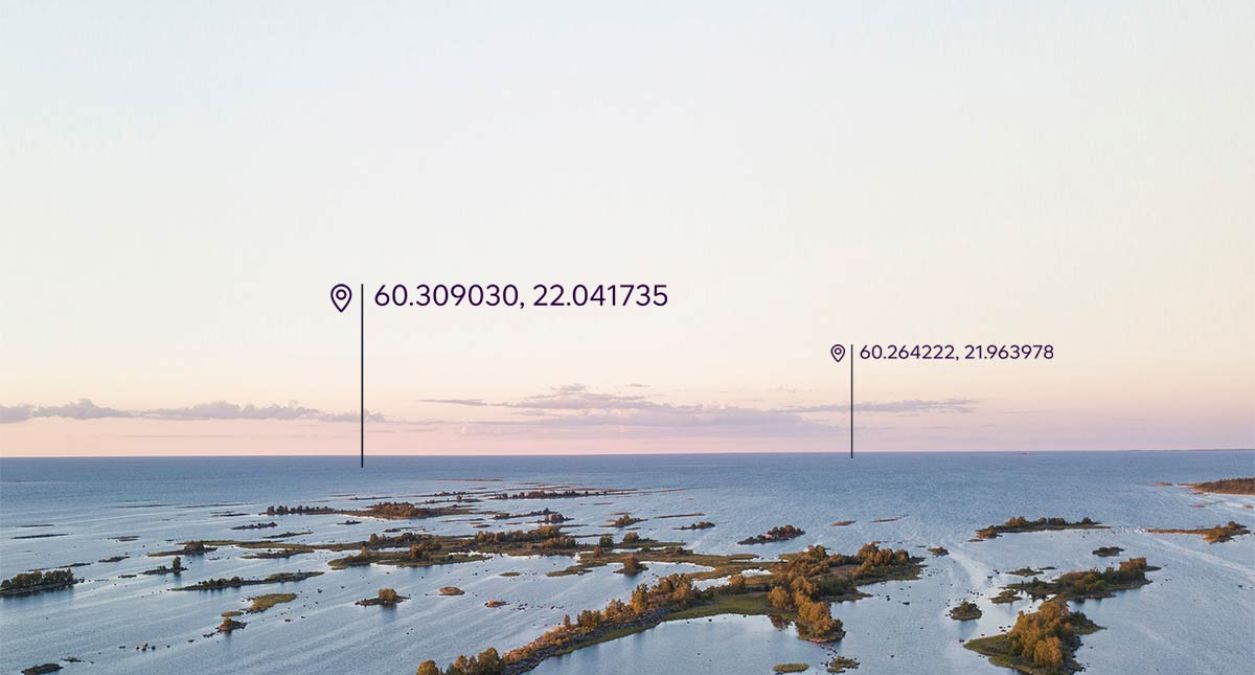From connected buoys to autonomous seas
The archipelagos of Finland and Sweden contain hundreds-of-thousands of islands that come to life during summer. But during winter, they endure brutal storms and ice conditions that carry many navigation markers dangerously out of position. The solution came in the form of a GPS tracker that could connect so efficiently that it could be powered by the sun – even in the dark of winter.
During the winter storms, many navigation markers break free from their anchor ropes and can be carried long distances by moving ice. In the past, this meant that local maritime authorities had to go out each spring to try and find any that had moved and return them to their correct locations. This resulted in a lot of wasted time and boat fuel. That was the challenge that Yepzon set out to solve.
“When we first started developing the connected navigation markers, it was clear that we needed to wait for the technology to catch up.” Says Vesa Marttinen, CEO of Yepzon. “We had already developed sensors that needed very little energy. However, the solar panels at that time were not efficient enough to power the connectivity they needed. They needed a panel that was too large and kept getting damaged by ice. Also, the IoT connectivity available at that time struggled to reach the offshore navigation markers. In recent years however, the technology has caught up. Solar panels have advanced to the point where we can power our sensors with a very small solar panel – and Narrowband IoT connectivity reaches further and needs very little power at all.”
Narrowband-IoT (NB-IoT) connectivity is one of the new Low Power Wide Area (LPWA) connectivity technologies that Telia has rolled out across the Nordics and Baltics. NB-IoT is designed for sending small amounts of data using very little power. This makes it ideal for this type of sensor that only needs to report its location a few times an hour. It’s also suited to use cases that need to send only simple measurements – such as temperature, device activity status or alerts.
NB-IoT is one of the technologies selected as the LPWA component of the 5G standard. The other technology selected is LTE-M. It supports higher data rates and functions such as real-time location tracking, low resolution video and voice.
“As with any IoT solution, you’re only as good as your connectivity”, says Vesa. “That’s why we chose Telia. It’s a pretty simple equation actually. They have more cell towers out in the archipelagos and remote areas we need to reach. That means they have the broadest coverage and can connect more of our markers than anyone else. And because Telia NB-IoT is harmonized across the Nordics and Baltics, it makes it a lot easier to scale our solution.”
But Vesa sees connected navigation markers as just being the start. “Today, our IoT-connected signal markers enable digital navigation systems and make boating safer. But in the near future, I think we’re going to see more and more autonomous sea vessels – just as we’re starting to see with autonomous cars. And they’re going to need data to guide them. Today our connected sensors deliver location information. But soon, they could be able to deliver information about windspeed, water temperature and water currents. They could even act as a network extension for autonomous vessels out here in the archipelago. Because when everything’s connected, that’s when the real value of digitalization can really start to be realized.”
Cookie notification
Cookies allow us to optimize your use of our website. We also use third-parties cookies for advertising and analytics. Please read our Cookie Policy for more information.

